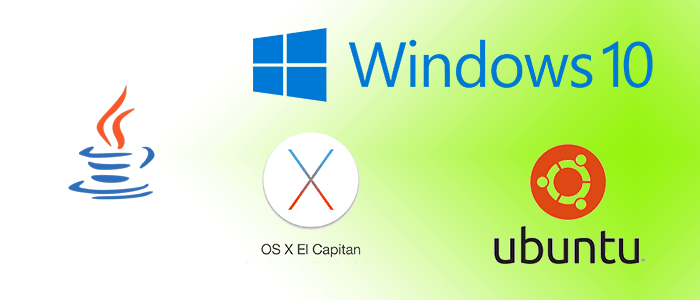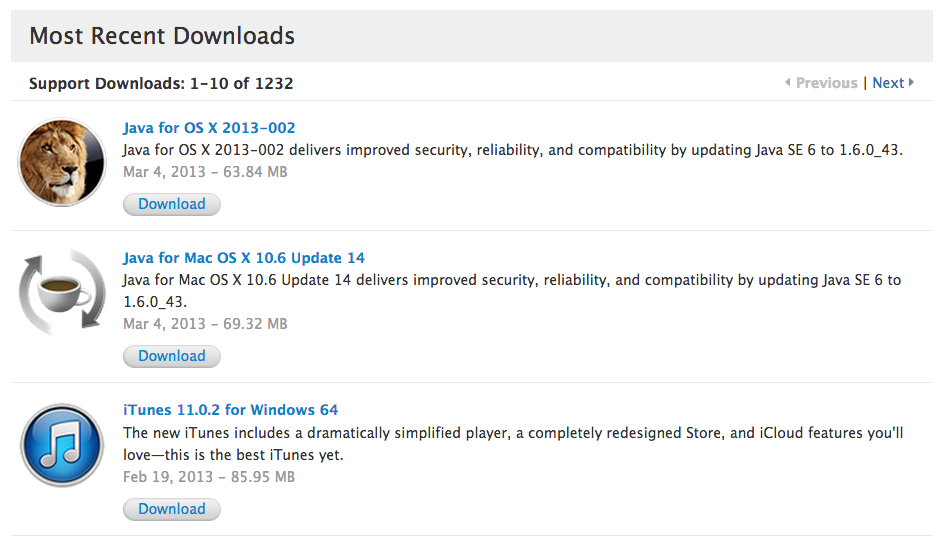Java 8 Mac Java 8 For Mac
Java Runtime Environment for Mac (JRE for Mac) allows you to play online games, chat with people around the world, calculate your mortgage interest, and view images in 3D, just to name a few. It's also integral to the intranet applications and other e-business solutions that are the foundation of corporate computing. The Java Runtime Environment for Mac (JRE) provides the libraries, the Java Virtual Machine, and other components to run applets and applications written in the Java programming language. In addition, two key deployment technologies are part of the JRE: Java Plug-in, which enables applets to run in popular browsers; and Java Web Start, which deploys standalone applications over a network. Many cross platform applications also require Java to operate properly.
Note: Requires 64-bit web browser. Administrator privileges for installation. Also Available.
This class provides the functionality of a 'Message Authentication Code' (MAC) algorithm. A MAC provides a way to check the integrity of information transmitted over or stored in an unreliable medium, based on a secret key. Typically, message authentication codes are used between two parties that share a secret key in order to validate information transmitted between these parties. A MAC mechanism that is based on cryptographic hash functions is referred to as HMAC. HMAC can be used with any cryptographic hash function, e.g., SHA256 or SHA384, in combination with a secret shared key. HMAC is specified in RFC 2104.
Every implementation of the Java platform is required to support the following standard Mac algorithms:. HmacMD5.

HmacSHA1. HmacSHA256 These algorithms are described in the of the Java Cryptography Architecture Standard Algorithm Name Documentation. Consult the release documentation for your implementation to see if any other algorithms are supported. Returns a Mac object that implements the specified MAC algorithm. This method traverses the list of registered security Providers, starting with the most preferred Provider. A new Mac object encapsulating the MacSpi implementation from the first Provider that supports the specified algorithm is returned.
Note that the list of registered providers may be retrieved via the method. Parameters: algorithm - the standard name of the requested MAC algorithm. See the Mac section in the for information about standard algorithm names. Returns: the new Mac object.
Throws: - if no Provider supports a MacSpi implementation for the specified algorithm. See Also:. getInstance public static final getInstance( algorithm, provider) throws. Returns a Mac object that implements the specified MAC algorithm. A new Mac object encapsulating the MacSpi implementation from the specified provider is returned. The specified provider must be registered in the security provider list.
Note that the list of registered providers may be retrieved via the method. Parameters: algorithm - the standard name of the requested MAC algorithm.
See the Mac section in the for information about standard algorithm names. Provider - the name of the provider. Returns: the new Mac object. Throws: - if a MacSpi implementation for the specified algorithm is not available from the specified provider. if the specified provider is not registered in the security provider list. if the provider is null or empty. See Also:.
Java 8 Update For Mac
getInstance public static final getInstance( algorithm, provider) throws. Returns a Mac object that implements the specified MAC algorithm. A new Mac object encapsulating the MacSpi implementation from the specified Provider object is returned. Note that the specified Provider object does not have to be registered in the provider list. Parameters: algorithm - the standard name of the requested MAC algorithm.
See the Mac section in the for information about standard algorithm names. Provider - the provider.
Returns: the new Mac object. Throws: - if a MacSpi implementation for the specified algorithm is not available from the specified Provider object. if the provider is null. See Also:. getProvider public final getProvider. Finishes the MAC operation.
A call to this method resets this Mac object to the state it was in when previously initialized via a call to init(Key) or init(Key, AlgorithmParameterSpec). That is, the object is reset and available to generate another MAC from the same key, if desired, via new calls to update and doFinal.
Java 8 For Mac

(In order to reuse this Mac object with a different key, it must be reinitialized via a call to init(Key) or init(Key, AlgorithmParameterSpec). Returns: the MAC result. Throws: - if this Mac has not been initialized. doFinal public final void doFinal(byte output, int outOffset) throws. Finishes the MAC operation.
Mange intelligens barnehage vinsj elektrisk 300/600 kgo. A call to this method resets this Mac object to the state it was in when previously initialized via a call to init(Key) or init(Key, AlgorithmParameterSpec). That is, the object is reset and available to generate another MAC from the same key, if desired, via new calls to update and doFinal. (In order to reuse this Mac object with a different key, it must be reinitialized via a call to init(Key) or init(Key, AlgorithmParameterSpec). The MAC result is stored in output, starting at outOffset inclusive. Parameters: output - the buffer where the MAC result is stored outOffset - the offset in output where the MAC is stored Throws: - if the given output buffer is too small to hold the result - if this Mac has not been initialized. doFinal public final byte doFinal(byte input) throws.
Processes the given array of bytes and finishes the MAC operation. A call to this method resets this Mac object to the state it was in when previously initialized via a call to init(Key) or init(Key, AlgorithmParameterSpec). That is, the object is reset and available to generate another MAC from the same key, if desired, via new calls to update and doFinal. (In order to reuse this Mac object with a different key, it must be reinitialized via a call to init(Key) or init(Key, AlgorithmParameterSpec).
Parameters: input - data in bytes Returns: the MAC result. Throws: - if this Mac has not been initialized. reset public final void reset.